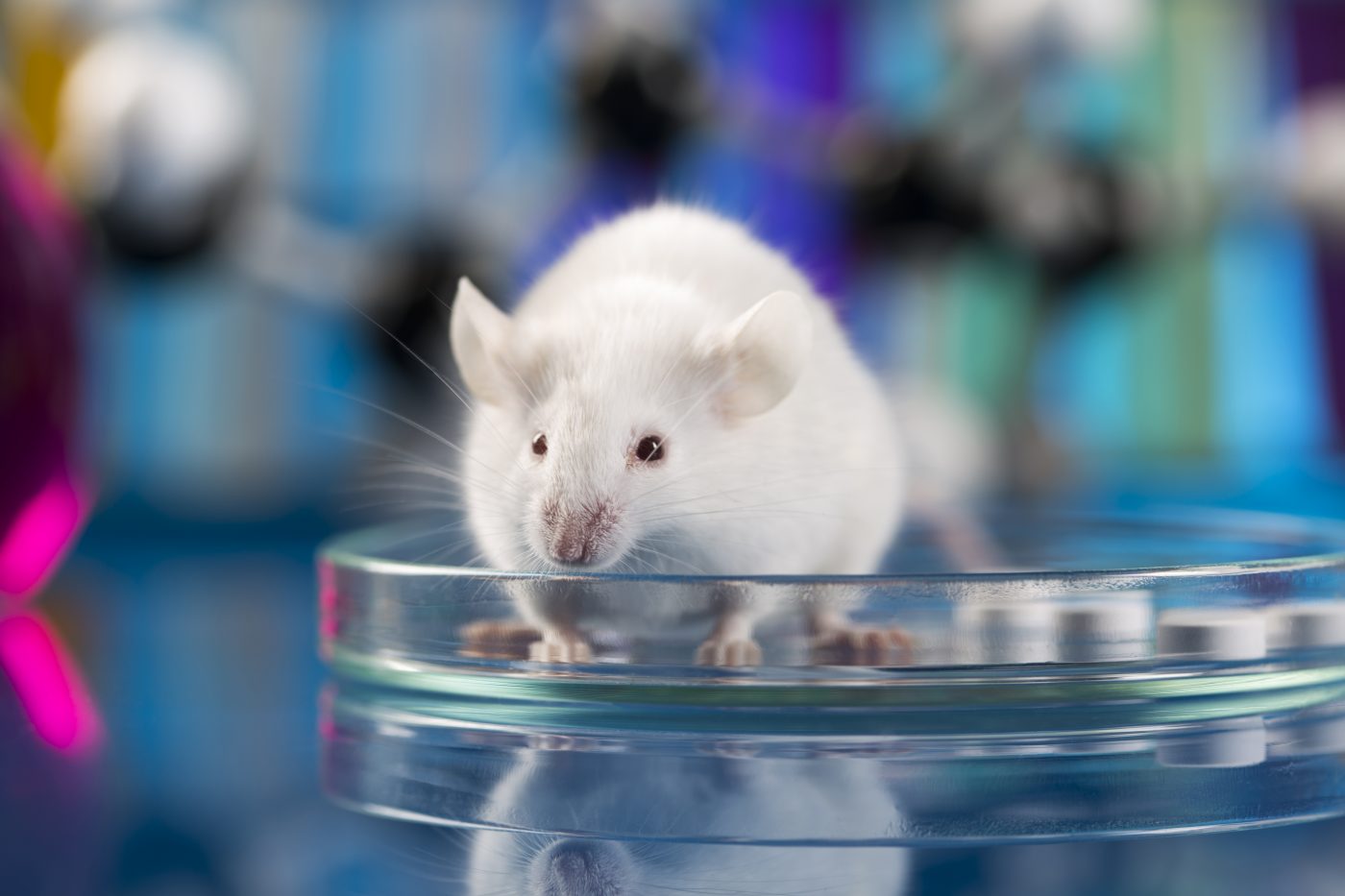Inhalable Signaling Protein BMP4 May Be Potential Treatment Approach for IPF
Written by |

Treatment with inhalable bone morphogenic protein 4 (BMP4) — a soluble signaling molecule involved in the regulation of cellular identity — restored lung regeneration and improved lung function in a mouse model of idiopathic pulmonary fibrosis (IPF).
The data showed that scar-forming cells in IPF lungs suppress BMP signaling in airway progenitor cells, promoting their maturation into trachea-like cells instead of lung cells. Notably, BMP impairment also was found in the lung tissue of IPF patients.
These findings suggest that activating BMP signaling through the inhalation of BMP4 — one of BMP’s major signaling molecules — may be a potential new regenerative approach for IPF.
“Current therapy and pharmacologic strategies target the scarring process in IPF, but little attention has been paid to how scarring alters the natural regenerative capacity of the lung,” Tien Peng, MD, the study’s senior author and an assistant professor in the division of pulmonary, allergy, and critical care at the University of California San Francisco (USCF), said in a press release.
This provides “a new therapeutic paradigm for lung fibrosis, where the goal is not just to stop the scarring, but also to stimulate native stem cells toward a regenerative program to restore healthy lung,” Peng said.
The study reporting the findings, “Gli1+ mesenchymal stromal cells form a pathological niche to promote airway progenitor metaplasia in the fibrotic lung,” was published in the journal Nature Cell Biology.
The main hallmarks of IPF are scarring (fibrosis) and the abnormal growth of trachea-like cells in the lungs’ alveoli, the small air sacs responsible for gas exchange. While the functional relationship between these IPF features remains unclear, the appearance of trachea-like tissue deep in the lung is associated with worsening disease severity and survival in IPF patients.
In tissue injury, the abnormal substitution of one type of cell for another that is not typically present at that site is associated with stem cell dysregulation; the phenomenon is called metaplasia.
Thus, evidence suggests that “metaplasia is a clinically relevant feature of organ fibrosis and a potential therapeutic target” for IPF and other fibrotic diseases, the researchers wrote.
Now, Peng and his colleagues at the UCSF Cardiovascular Research Institute shed light on the association between scarring and the abnormal maturation of airway progenitor cells in the fibrotic lung.
Using a mouse model of IPF, they discovered that scar-forming cells are in fact triggering metaplasia of airway stem cells in sites of lung injury.
Further analyses showed that two typically opposing signaling pathways — Hedgehog and BMP — are behind stem cell impairment in the fibrotic lung. Both pathways involve the production of soluble molecules, called ligands, by one cell to communicate with others through surface receptors.
A combination of active Hedgehog signaling in scar-forming cells and fibrotic injury was found to simultaneously increase the production of BMP-suppressive molecules and reduce that of BMP ligands in scar-forming cells.
This led to a reduction in BMP activation in neighboring airway stem cells, promoting the formation of trachea-like cells, instead of lung cells.
Notably, treatment of these mice with an inhaled form of BMP4 — one of the BMP signaling major ligands — reverted this abnormal stem cell maturation, restoring normal lung regeneration and significantly improving lung function.
In addition, the team found that BMP signaling was not functioning properly in the lung tissue of IPF patients, compared with that of healthy individuals.
“Local delivery of BMP has been approved for clinical indications such as spinal fusion, but we were surprised and impressed that inhalation of [lab-made] BMP was able to effectively penetrate through the respiratory tract to instruct proper stem cell regeneration deep in the lung,” Peng said.
“This demonstrates a potentially novel therapeutic route that appears to maximize treatment efficacy while lowering the toxicity profile for other organs that would be seen with an injectable or oral medication,” Peng added.
Taken together, the findings highlighted that scar-forming cells use Hedgehog activation “to modify the extracellular BMP environment, which in turn regulates the metaplastic fate of adjacent airway progenitors in fibrotic repair,” the researchers wrote. They noted that preventing metaplasia in these cells “is physiologically significant for improving gas exchange.”
The team believes that BMP activation through an inhaled form of BMP4 may be a new therapeutic approach for IPF.
Interestingly, in line with these results, overactivation of Hedgehog signaling was previously reported in IPF patients, along with a damaging effect of a BMP suppressor in an IPF mouse model. However, previous pharmacological Hedgehog suppression in models of lung fibrosis showed mixed results.






